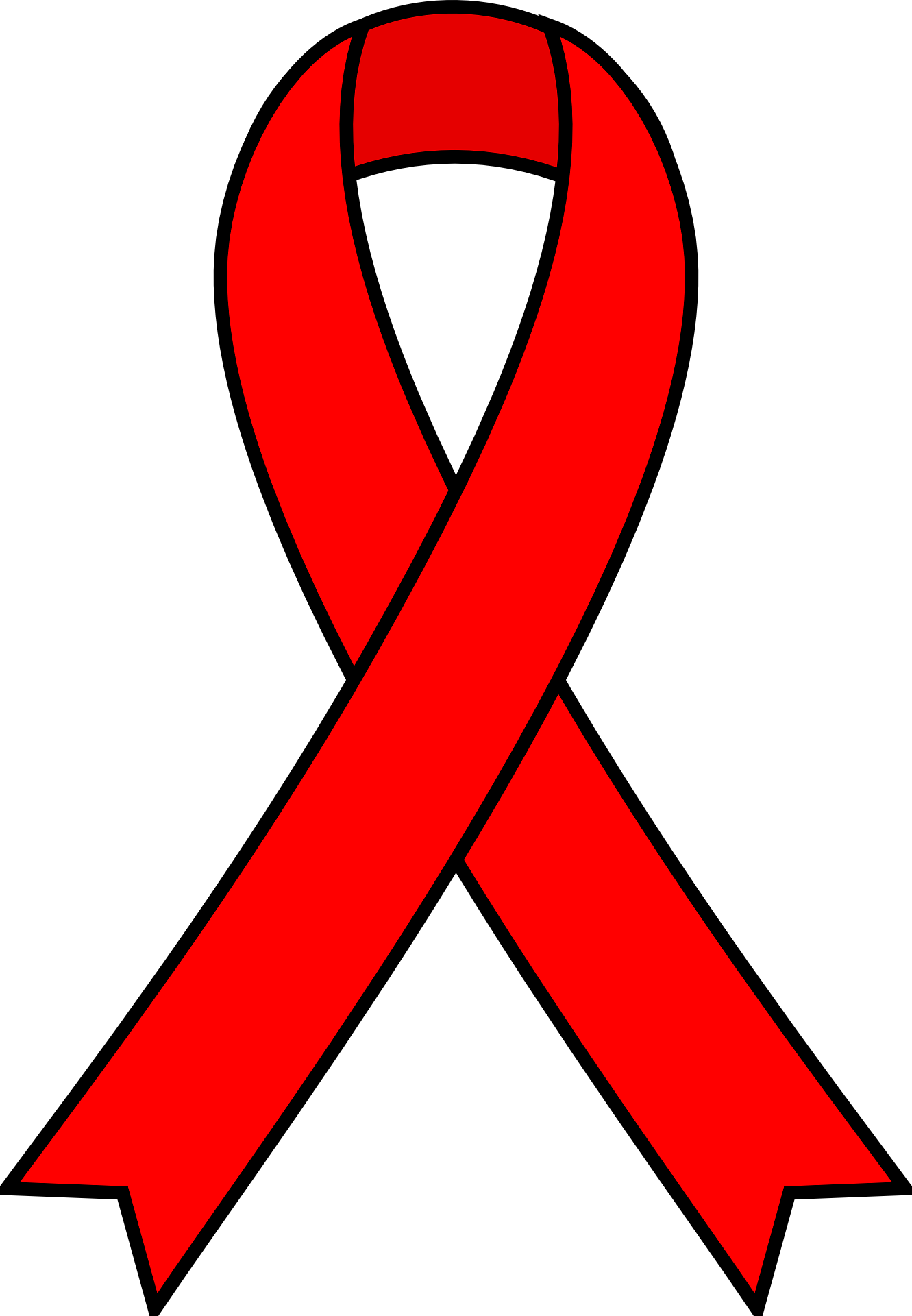
Even though HIV is no longer the death sentence it was in the 1970s and 1980s, it’s also incurable. Medications control the disease for the rest of an infected person’s life. But now a gene editing advance may be able to inactivate the virus hiding within the body’s immune cells.
HIV infection usually results from unprotected sex and the virus spreads throughout the body targeting the immune system. The virus inserts its genome into immune cells and when they divide, pass the virus on to daughter cells who make more of it.
Without treatment, HIV infection progresses so that eventually the immune system no longer works, and the person ends up with AIDS. Today’s medications keep this from happening by stopping the virus from replicating. But they don’t rid the body of the viral reservoirs.
CRISPR-Cas gene editing hopes to change that. CRISPR is a system that was discovered inside bacteria and scientists found it can be used to target specific genes in any genome to either cut them, edit them or even insert a different version of a gene.
In a recent study, scientists developed a CRISPR-Cas editing system that can be delivered into HIV-infected lab cells to disable dormant HIV viruses. The next step is to test this in live animals. And to see if it works on all HIV strains, is effective and safe. Then and only then could human clinical trials begin and perhaps finally cure HIV.
More Information
CRISPR could disable and cure HIV, suggests promising lab experiment
The gene-editing technique CRISPR disabled HIV that lay dormant in immune cells in a lab experiment, raising hopes for an eventual cure
Scientists Manage to Cut HIV Out of Individual Cells
Scientists say they've been able to literally cut out the "bad" bits of DNA from infected cells to eliminate HIV using CRISPR gene editing. While it's still far too early to conclude whether the technique could be used to cure HIV, as the BBC reports — let alone whether it's safe and effective in the long run — scientists are hopeful that gene therapy could be part of a treatment.
HIV in cell culture can be completely eliminated
Authors successfully demonstrate transport of new-gene editing technology to ‘cut out’ HIV DNA from infected cells; preliminary findings very encouraging, but much work to do to transform technology into a cure for HIV.